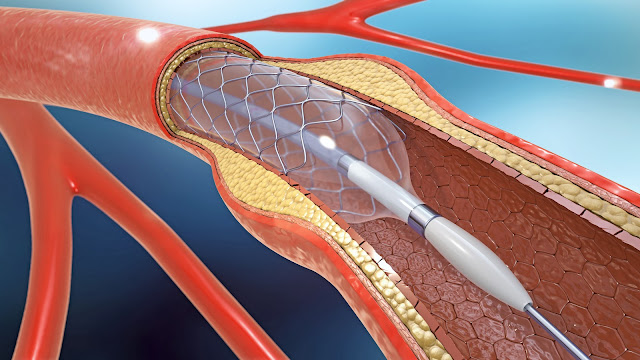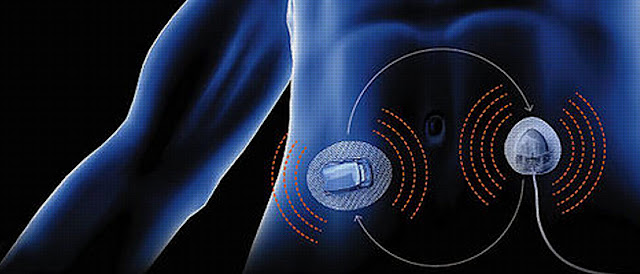Exploring The Evolution Of The Peripheral Vascular Devices
 |
| Peripheral Vascular Devices |
Global Peripheral Vascular Devices has witnessed significant growth in recent years, driven by factors such as the rising prevalence of peripheral vascular diseases and technological advancements in the field. This report provides an overview of the key players operating in the and examines the competitive landscape, highlighting the strategies employed by these companies to gain a competitive edge.
According to Coherent Market Insights the Peripheral Vascular Devices is anticipated to
reach a value of US$ 10,266.8 million in 2022 and is predicted to grow at a CAGR of 7.6% from 2022 to 2030.
Several key players are actively participating in the
peripheral vascular devices to capitalize on the growing demand and gain a
competitive edge. Some of the prominent players in the include Medtronic plc,
Abbott Laboratories, Boston Scientific Corporation, Cardinal Health, Inc., Cook
Medical, Inc., Terumo Corporation, Becton, Dickinson and Company, B. Braun
Melsungen AG, Johnson & Johnson, and Edwards Life sciences Corporation. These
companies are involved in the development and commercialization of various
peripheral vascular devices, including stents, angioplasty balloons, vascular
grafts, atherectomy devices, and thrombectomy devices. They are also focused on
expanding their product portfolios through acquisitions, collaborations, and
partnerships to enhance their presence.
The increasing demand for minimally invasive procedures and
the development of technologically advanced devices are expected to drive the growth.
For instance, the introduction of drug-eluting stents and bioresorbable stents
has revolutionized the treatment of peripheral vascular diseases by improving
long-term outcomes and reducing the risk of restenosis. Additionally, the rising prevalence
of risk factors such as diabetes, obesity, and smoking further contributes to
the demand for peripheral vascular devices. These devices play a crucial role
in treating conditions such as peripheral artery disease, deep vein thrombosis,
and varicose veins.
Competitive Landscape: The peripheral Vascular Devices is highly competitive, with key players
actively engaging in strategies to gain a competitive edge. These strategies
include product launches, mergers and acquisitions, collaborations, and
geographical expansions. Overall, the peripheral vascular devices is expected to
witness substantial growth during the forecast period due to the increasing
incidence of peripheral vascular diseases and the introduction of innovative
and advanced devices by key players.
Companies are investing in research and development
activities to introduce technologically advanced products that cater to the
evolving needs of healthcare professionals and patients. They also focus on
expanding their product portfolios through acquisitions and collaborations with
other players in the. Geographical expansions into emerging with high growth
potential are also a common strategy for key players to capture a larger share.



Comments
Post a Comment